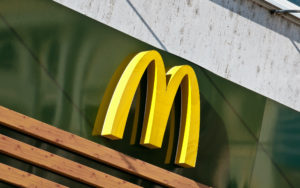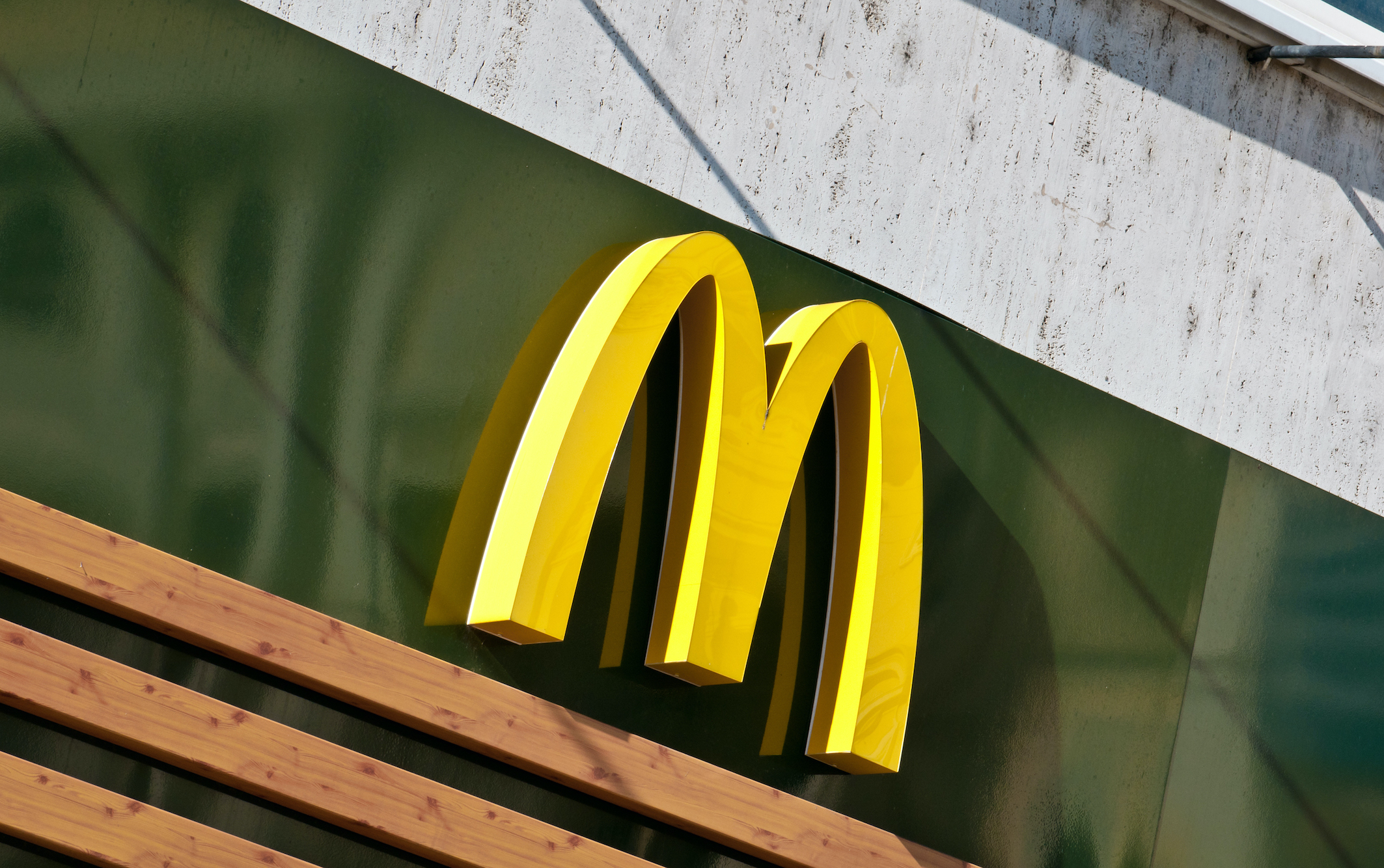 McDonald’s flagship hamburger, the Big Mac, was first introduced in 1967 in the United States and quickly became a staple of the fast-food restaurant chain. The sandwich brand was first registered as a trade mark in the United States in the 1970s, following its emergence in the US market.
McDonald’s flagship hamburger, the Big Mac, was first introduced in 1967 in the United States and quickly became a staple of the fast-food restaurant chain. The sandwich brand was first registered as a trade mark in the United States in the 1970s, following its emergence in the US market.
As the global popularity of the brand skyrocketed, McDonalds trade marked the words ‘Big Mac’ in various different jurisdictions across the world, including the European Union.
In 1996, an EU trade mark was filed for the mark BIG MAC and registration was secured in December 1998.
The Case with Supermacs – Application for Removal of Trade mark for Non-Use
In order to maintain the registration of any trade mark, the trade mark must be continuously used in trade and commerce within the class descriptions for which it has been registered. In Australia, if a trade mark is not used for a continuous period of three years, any party can bring an application to have it struck off the trade mark register. The law is similar across most jurisdictions as a result of intellectual property treaties between many countries; however, the period of time in which the trade mark must be used varies. In the European Union, a trade mark must be used within five years of the date of an application for removal for non-use.
In April 2017, an Irish burger chain called Supermacs challenged the Big Mac trade mark registration arguing that it had not been put to genuine use within a continuous period within the time frame set out above.
All of the following classes of goods and services under which the Big Mac European trade mark were registered were challenged on this basis (classes are universal across the globe):
- Class 29: Foods prepared from meat, pork, fish and poultry products, meat sandwiches, fish sandwiches, pork sandwiches, chicken sandwiches, preserved and cooked fruits and vegetables, eggs, cheese, milk, milk preparations, pickles, desserts;
- Class 30: Edible sandwiches, meat sandwiches, pork sandwiches, fish sandwiches, chicken sandwiches, biscuits, bread, cakes, cookies, chocolate, coffee, coffee substitutes, tea, mustard, oatmeal, pastries, sauces, seasonings, sugar; and
- Class 42: Services rendered or associated with operating and franchising restaurants and other establishments or facilities engaged in providing food and drink prepared for consumption and for drive – through facilities; preparation of carry-out foods; the designing of such restaurants, establishments and facilities for others; construction planning and construction consulting for restaurants for others.
McDonalds submitted the following evidence of use in opposing the application for removal of its trade mark:
- An Affidavit of use in Germany made by the internal Head of Legal in Germany, with examples of promotional material and packaging showing the mark;
- An Affidavit of use in France made by General Counsel in France, with examples of promotional material showing the mark;
- An Affidavit of use in the UK made by Legal Counsel of the UK registered business, with examples of promotional material;
- Excerpts from McDonald’s website in EU member states taken from 2014 and 2016; and,
- A Wikipedia extract showing an article about the history of the Big Mac.
The European Union Intellectual Property Office (‘EUIPO’) decision criticised the evidence, noting in particular:
- The statements are from the interested party or their employees, and such statements are generally given less weight than independence evidence. However, the probative value of such statements will depend on whether or not they are supported by other evidence;
- While extracts from a website can show use, the mere presence of a trade mark on a website is, of itself, insufficient to demonstrate genuine use. The website should also show the place, time and extent of use (unless this information is provided elsewhere). The extracts did not show whether or how a purchase could be made and no evidence of any orders. The connection between the website and the number of items sold could not be established;
- The packaging materials and promotional material show the trade mark but there is no information about how the material was used. There was no circulation data for the brochures, i.e. how they were circulated, who they were offered to, nor any information to show whether these led to any potential or actual purchases. Moreover, there was no independent evidence to show many of the products used the packaging which was shown;
- The materials did not give any data for the real commercial presence of the trade mark for any good or service; and
- Wikipedia is not a reliable source of information as the entries can be amended by users.
The EUIPO found the evidence insufficient to maintain the registration even for a limited specification of goods and the registration has been revoked for all goods and services, stating that:
“The documents do not provide conclusive information that the products marked with the EUTM are offered for actual sale, as there is no confirmation of any commercial transactions, either online, or via brick-and-mortar operations offered for sale, there is no data about how long the products were offered on the given web page or in other ways, and there is no information of any actual sales taking place or any potential and relevant consumers being engaged, either through an offer, or through a sale. Finally, as far as the relevant services are considered, there is no single piece of evidence that refers to any of the registered services being offered under the EUTM.”
The case with Supermacs illustrates the dire consequences of not properly responding to an application for removal of a trade mark for non-use and not taking such an application seriously. It seems to be the case that McDonald’s was so confident that its trade mark would be upheld that it took the proceedings lightly and failed to prepare as comprehensive a case as clearly possible. Even most lay people are aware, for example, that Wikipedia is not a valid source for university essays let alone a high-stake trade mark case.
While it is obvious to most that McDonald’s is actively using the Big Mac trade mark throughout the world, such wide use does not derogate from a trade mark holder’s responsibility to prove (on the balance of probabilities) actual use and the derivement of financial gain from the use of a trade mark when presented with an application for removal for non-use. One can imagine the litany of evidence that could have been provided had McDonald’s treated the matter more seriously.
Key Takeaways
Key points to be taken from the case with Supermacs are as follows:
- A trade mark must be continuously used in trade and commerce or it can be removed from a country’s trade mark register for non-use on application by any party. In Australia, a trade mark that has not been used for three years is liable to be struck off the register;
- Independent third party evidence of use such as examples of advertising using the trade mark or articles in which the trade mark is mentioned, is generally the strongest rather than relying predominately on affidavits by employees of the trade mark registrant, who are inherently biased;
- If you cannot obtain third-party evidence, make sure internal statements are supported by other persuasive evidence (e.g. invoices, bills of lading, orders etc);
- When providing copies of brochures and marketing material, be sure to explain how and where these were distributed as well as the dates and extent of use;
- When submitting website extracts, consider whether the website shows how to purchase the goods/services and, if possible, submit supporting data including the website traffic, number of customers, period and territory and details of orders made through the website;
- Consider the reliability of the material you are submitting and the source of such material;
- McDonalds’ approach to the application for removal for non-use was lacklustre and it appears that the large multinational company took it as self-evident that the Big Mac trade mark was so well known that the application would be defeated and that it only needed to provide limited evidence to do so; and
- Genuine use must be proven by the evidence and cannot be inferred from the Examiner’s own knowledge. Your trademark, like the Big Mac, may be well-known and extensively used but you must submit evidence to convince the Examiner of this fact.
How we can help?
At Marino Law, we have an expert team of trade mark and intellectual property lawyers that are widely experienced in all aspects of trade mark law from preparing an application for lodgment to responding to examiner’s reports to defending and prosecuting applications for removal for non-use, opposition applications, infringement disputes and all other associated matters. Don’t make the same mistake as McDonald’s – seek expert legal advice today.

